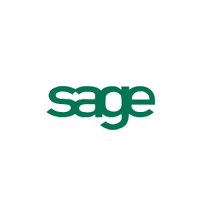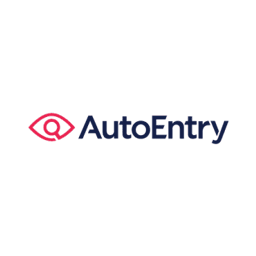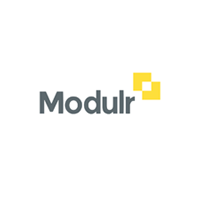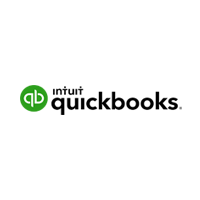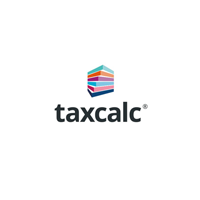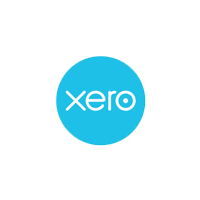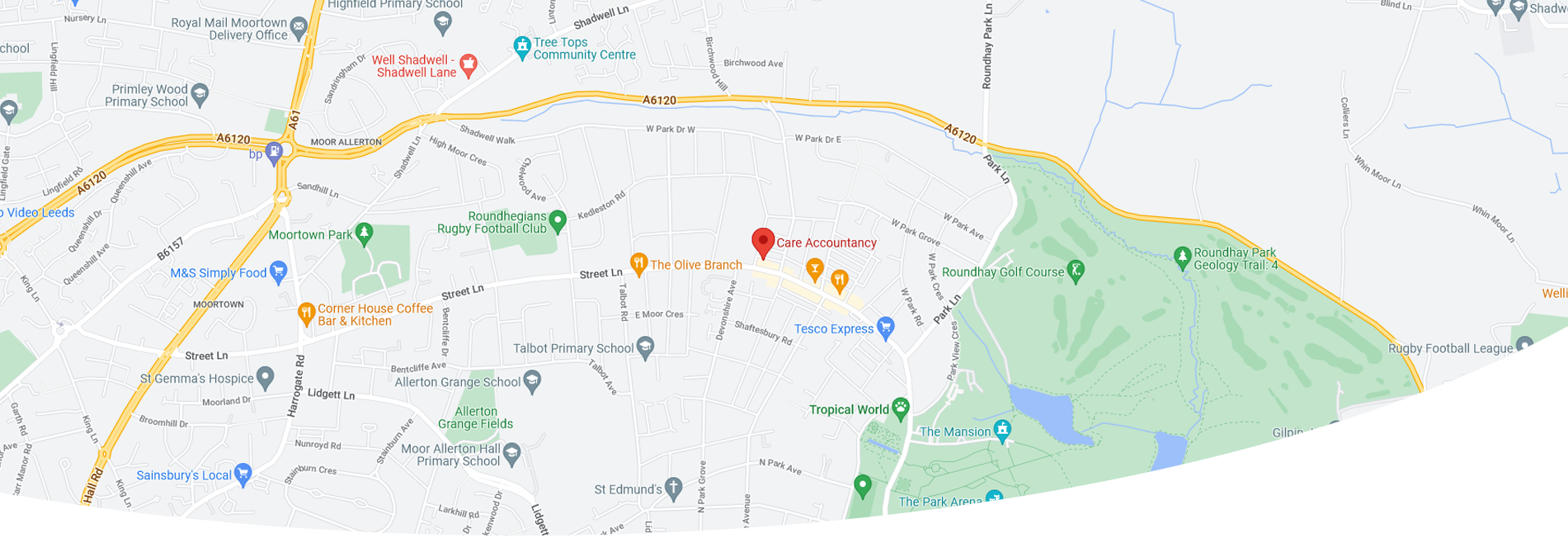Your Voice for VAT
Value Added Tax
Value Added Tax is a consumer-based tax which means that this tax is ultimately levied on the consumer. VAT is levied on most goods and services by the VAT registered businesses in the UK and goods imported from outside the UK.
The VAT businesses are registered to act as an agent for VAT collection from their customers on behalf of HMRC and then pay the collected VAT to them.
VAT Value Added Tax is levied at an introductory rate of 20%. However, VAT is levied at a lower rate for certain products and a zero rate. If you are not selling products but only services, the same principle applies to the service providers.
Though seemingly simple, value added tax is a complex issue requiring in-depth knowledge of the rules and regulations as VAT-related calculations can get complicated.
If you are a business with a turnover of over 85K during the last 12 months or perceive that your turnover may attain this threshold in the future, your business must register itself for VAT.
Small businesses that do not hit the threshold can still register themselves voluntarily for VAT to claim tax relief.
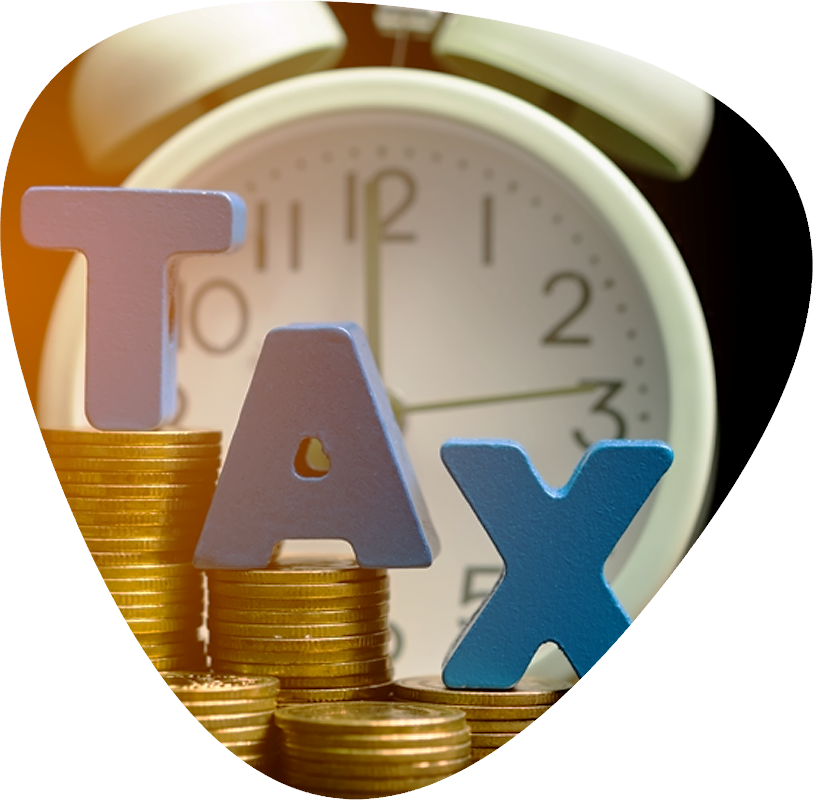

Your Trusted
VAT Partners!
The registered sellers can charge VAT on behalf of the HMRC from their customers. VAT registered businesses are required to keep a separate account of transactions and record all receipts on sales and payment made on account of VAT to other businesses on their purchases and claim or pay the net amount of VAT on account.
VAT Schemes
Under a standard VAT scheme businesses can claim back or pay, as the case may be, the amount of difference between VAT recovered from customers on sales of products and services and the amount of VAT paid on purchases. Businesses can however use a Flat Rate Scheme, in which the amount of VAT payable is calculated as a percentage of the business total sales.
There is a difference between a flat rate scheme and a standard rate scheme of VAT. Under the flat rate scheme, businesses cannot reclaim the VAT paid on purchases, except for certain capital assets over a specified threshold, nor it will have to pay the excess VAT collected from customers, however, they can keep the difference between the amount of VAT paid to HMRC and the amount of VAT paid by customers.
Standard Rate Of Vat Scheme
The Standard rate scheme is widely used and is suited to different types of businesses across various industries. The VAT registered businesses must complete their VAT correspondence with the HMRC every quarter, detailing the input and output VAT.
The amount of VAT a business pays or claims back from HMRC is the net amount on the VAT account, generally at a standard rate of 20%. With the Standard VAT accounting scheme, a business must pay the 20% or such VAT rate as is specified that it charged on eligible sales in the previous quarter to HMRC.
All VAT recovered from their customers is added and deducted from the VAT they can reclaim against purchases of goods or services – the difference between the amount charged and received from customers and paid to other businesses on purchases on account of VAT.
The businesses that receive VAT rebates or have a high volume of standard-rated services and goods are more suited to the standard rate scheme. A VAT registered business with this scheme will have to pay the extra amount to HMRC if the VAT collected on sales is more than the VAT paid on purchases, simultaneously if the VAT paid is more than what was collected, the business can reclaim the VAT from HMRC.
It is generally considered a good practice to provide businesses with VAT receipts and invoices and display VAT numbers.
However, handling the VAT account requires a considerable amount of administrative time, and the owners may find it burdensome to file the VAT returns.
Disclaimer
On the other hand, charging VAT to businesses that are not VAT registered may become less appealing as they would not recover the extra cost paid in the name of VAT. VAT registered businesses can reclaim the excess VAT paid. VAT registered businesses that deal in zero-rated services or products like children’s clothing, food, health and welfare, etc can also reclaim the VAT from HMRC.
For businesses, it is worthwhile to outsource this function to an accounting firm so that the managers can focus on business.
Flat Rate Scheme
Under the flat rate scheme for VAT, a business pays a fixed percentage of VAT on its annual turnover to HMRC regardless of the net balance of its VAT account. However, small businesses and sole traders such as IT contractors, consultants, hairdressers, etc., with a low volume of input cars take advantage by registering for a flat rate VAT scheme because of their low expenses on purchases. The scheme is another way for small businesses to determine how much VAT they can pay to HMRC.
A business that uses the flat rate scheme charges or recovers output VAT from their customers and usually pays input VAT to their suppliers on goods or services bought from them. However, only output VAT is computed under the scheme, while input VAT is ignored as one cannot reclaim except for capital assets whose value exceeds £2K inclusive of VAT.
While preparing a VAT return, businesses will add up all of their sales, including any VAT they have charged and recovered from their customers through standard-rated, reduced-rated, zero-rated or exempt sales. However, sales that are outside the scope of VAT can be excluded.
On the annual turnover/quarterly, businesses pay a fixed percentage of those sales at a flat rate to HMRC. The percentage that businesses pay to HMRC depends on the type of business conducted unless a limited cost trader uses a fixed percentage rate of 16.5%.
Suppose the nature of the business is such that it falls in multiple categories of rates because the sales are of different kinds. In that case, businesses can choose a rate that applies to most sales, which they can then use to the total business sales.
VAT-registered businesses must submit their VAT returns online and pay any VAT due on those returns electronically. Like any other tax, VAT must be filed and paid by the due date to avoid any financial penalty to a specific percentage of unpaid VAT.
Smaller businesses may not have the expertise to handle the standard VAT system and keep a record of the input and output of VAT. The flat rate scheme requires all sales for VAT calculation, including zero-rated goods and services; this makes the scheme inappropriate for certain businesses.
It might not be a good idea to join a flat rate scheme if the business’s taxable sales include VAT-exempt sales, zero-rated sales, or a lot of standard-rated goods and services, as the business might end up paying more in VAT. This is because businesses not on the Flat Rate Scheme would normally get repayment from HMRC each quarter which they would lose if they joined the scheme.
Vat Margin Scheme
Businesses can choose to use a VAT margin scheme when it sells second-hand goods, works of art and antiques or collectors’ items. A VAT margin scheme is used to tax the difference between the amount a business pays for certain items and the amount it later sells those items for.
VAT is charged on this difference at a rate of 16.67% (one-sixth). Businesses cannot use VAT margin schemes for any item they buy on which they are charged VAT or the sale of precious stones or metals, including investment gold.
Businesses do not have to apply to use a VAT margin scheme but should keep a record that includes a stock book and invoices for sales and purchases. The business should then report any goods sold using a margin scheme on its VAT return. There are further rules for the sale of certain second-hand vehicles, ponies, houseboats and caravans. Auctioneers, dealers and pawnbrokers are also subject to additional rules. Businesses that sell high volumes of low-priced qualifying items (under £500 per item) may be eligible to use a simplified VAT margin scheme called the Global Accounting Scheme.
Our Expertise
We can handle your business VAT under the Standard VAT, Flat rate or Margin schemes. We provide a thorough VAT service that includes aiding with the VAT registration process, preparing VAT returns and calculating the overall VAT liability or even reclaiming, if any, of the excess VAT paid. We can also represent you as your agent in dealing with the HMRC and handling the VAT inquiries by HMRC.
If you are using the Cash Accounting Scheme, we can on your behalf pay VAT on your sales when your customers pay you and reclaim VAT on your purchases when you have paid your supplier. We can keep track and record of all the sales invoices issued and purchase invoices for bought items.
We can issue and keep records of valid invoices whether paper or electronic-based on the margin or flat rate scheme, whichever option you have exercised. We exercise extreme care in applying the accurate VAT percentages and on a basis timely the VAT-related workings & computations.
We also ensure that your business complies with HMRC making tax digital rules and regulations. The ever-changing scope of VAT, emerging rules and regulations, and the increasing demands of HMRC need that there should be a professional to handle these affairs accurately and to ensure that you will not overpay the VAT.
Read more if you want to learn how we handle the VAT Services for our clients.
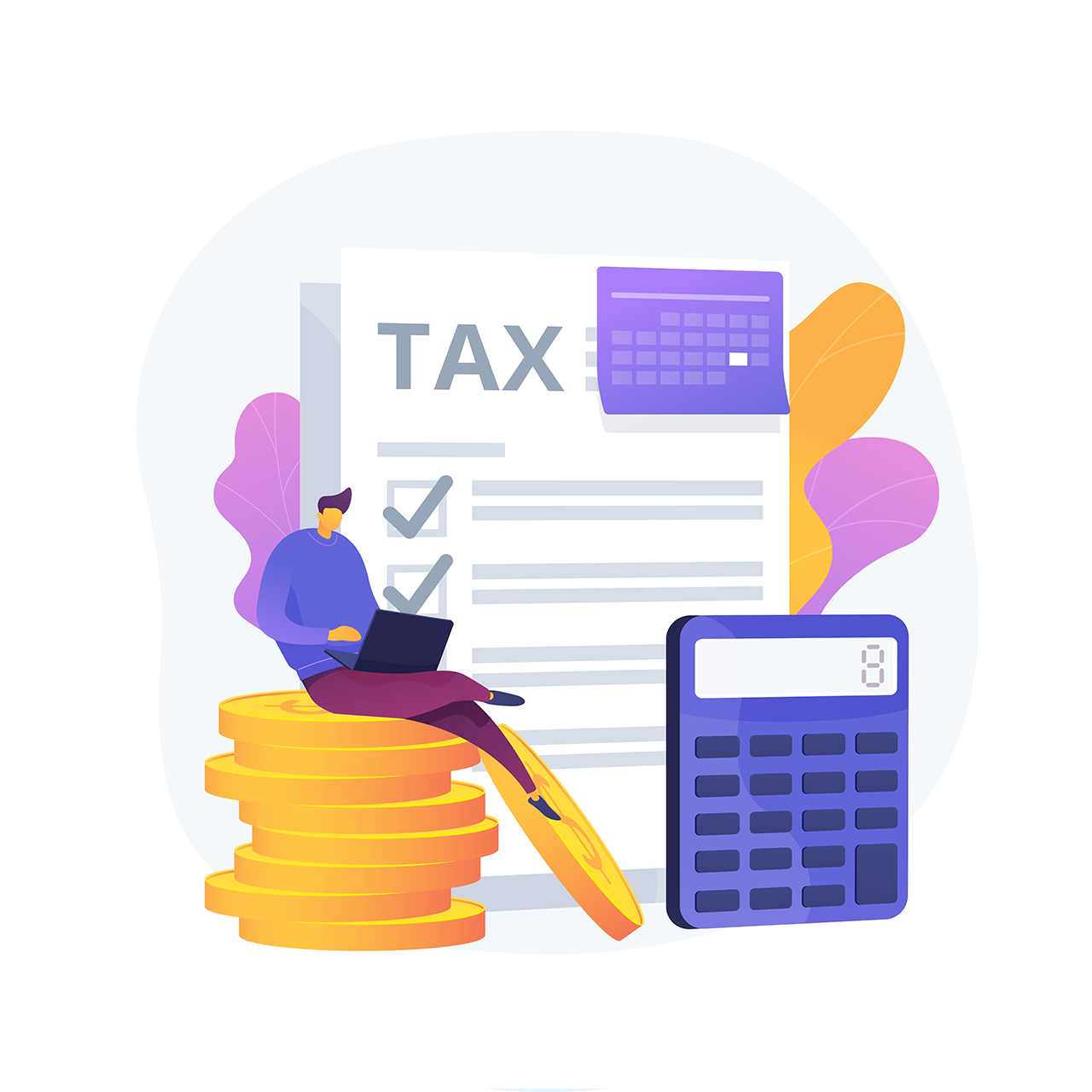
Get in Touch
Rhoundhay
Leeds
LS8 2AL, UK
Coventry Road
Birmingham
B26 3EJ, UK
0121 7268 542
info@careaccountancy.co.uk


